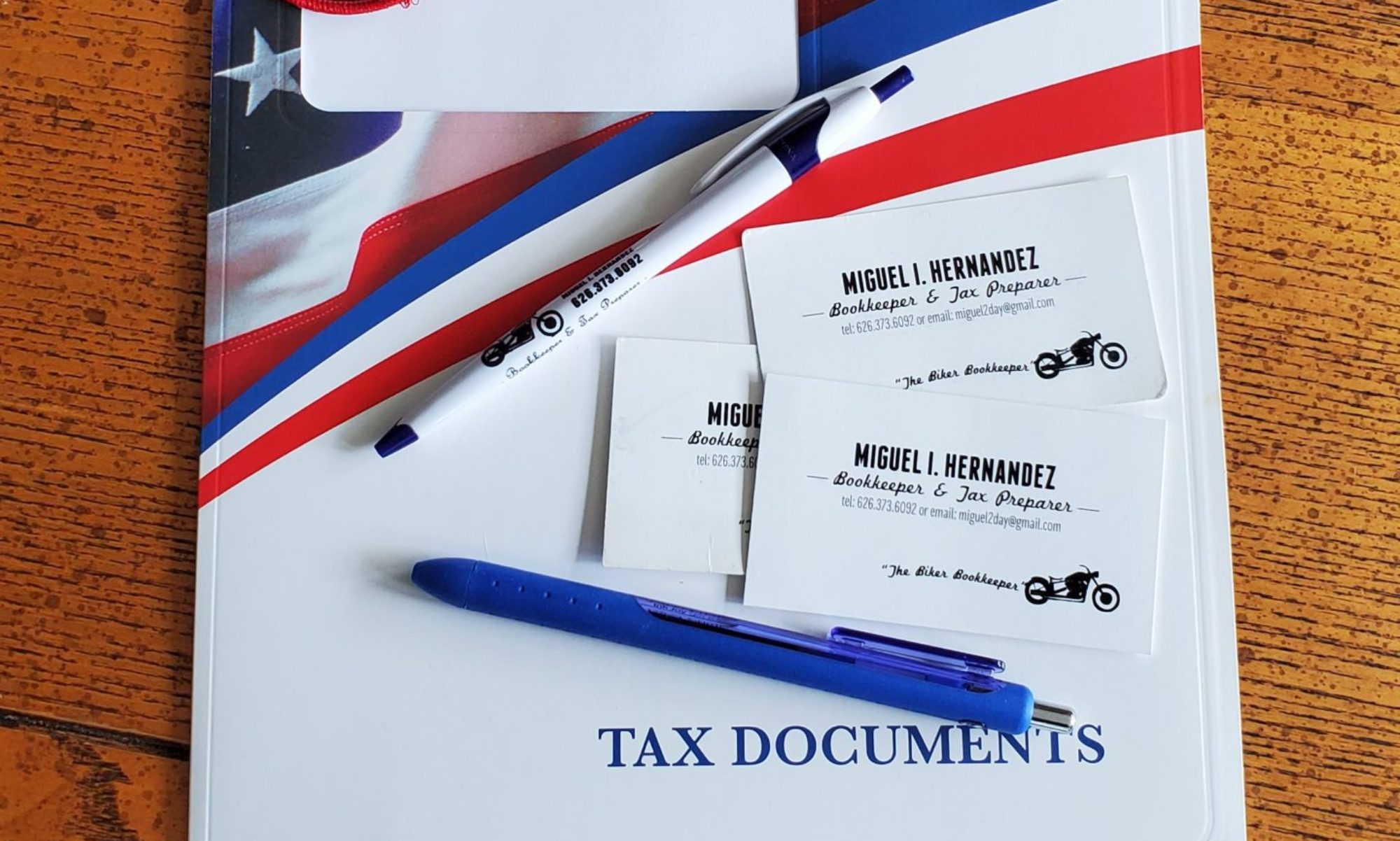Every business requires a chart of accounts. Wait, WHAT IS A chart of accounts!? As a business owner, a gym/fitness owner you get out of bed and don’t think accounting. But, I do and I am here to help. As the owner, you don’t need to know it all, but you do need to know the basics and how to read financial statements if you want to grow your business. Just like your own fitness clients, some want to get results and others want in depth knowledge in what to eat and which exercises improve a certain muscle. Be the owner that wants to improve and learn what each account affects. I am planning on making some 101 brochure’s to help you in the path of accounting. Check back often to learn more on the basics specifically for gym’s and fitness centers.
Let’s jump in.
Chart of Accounts
The chart of accounts is a list/categories used to record all your business entries. Each industry has a slight difference chart of accounts but they all have the main accounting categories. The main categories are Assets, Liabilities, Owners Equity, Revenue, and Expenses. Once you get the basics you can always add more when you want to hone into a certain muscle, I mean account.
Now, lets dig in a little deeper and see how each chart of accounts is built. After all, everything is structured to be easily understood by all. In accounting we always have two financial reports that shows us the picture of our business. The first report is the Balance Sheet and this shows us a snapshot of three categories; Assets, Liabilities, and Owners Equity. The second report is the Income Statement (AKA Profit/Loss Statement) which is a recap of 2 categories; Income and Expenses.
Balance Sheet Accounts
– Assets
– Liabilities
– Owner’s Equity
Income Statement Accounts
– Revenues
– Expenses
– Misc Income & Expenses
(Check out the posts about the Balance Sheet and Income Statement for more info there).
Remember to keep your chart of accounts simple and add to it as you grow. You want it to be easily understood by you. You can always add more accounts if you notice discrepancies where you want to focus on the big picture of the account. The accounts are an easy way for an owner to see changes. Monthly reports help see the totals, but detail reports help you see the fine lines in an account.
Here is a Chart of Account I use for Gym Fitness Businesses on a Cash Basis Method.
Balance Sheet: Asset Accounts
100**** Checking Account (* are the last 4 digits of the account number)
110**** Savings Account (* are the last 4 digits of the account number)
160 Prepaid Insurance
175 Buildings (if you own your building)
176 Accumulated Depreciation – Buildings
180 Equipment (Fitness Equipment)
181 Accumulated Depreciation – Equipment
Balance Sheet: Liability Accounts
210 Wages Payable
220 Interest Payable
230 Unearned Training Revenue
240 Mortgage Payable (if you own your building)
Balance Sheet: Owner’s Equity Accounts
300 Capital Deposits – Owner X
310 Capital Withdraws – Owner X
320 Retained Earnings (Summary of Profit/Loss)
Income Statement: Revenue Accounts
400 Gym Membership Monthly Training Sales
405 Gym Nutrition Sales
406 Gym Merchandise Sales
Income Statement: Expense Accounts
500 Cost of Merchandise Sold (Generic)
501 Direct Coach Labor
505 Cost of Nutrition Purchase
506 Cost of Gym Merchandise Sold
601 Advertising
602 Bad Debts
603 Bank Charges
604 Charitable Contributions
605 Dues & Subscriptions
606 Gym Supplies/Equipment
607 Insurance
608 Janitorial & Cleaning
609 Lease Expense
610 Legal Expense
611 Licenses & Permits
620 Meals & Entertainment – (Generic/Unsure)
621 Meals & Entertainment – 100% Deductible
622 Meals & Entertainment – 50% Deductible
630 Office Expense
640 Payroll Expense – Coaches
643 Payroll Expense – Admin
644 Payroll Expense – Owner’s Pay
650 Payroll Tax Expense
660 Rent
661 Repairs & Maintenance
665 Training & Education
667 Travel
670 Utilities (I include gas, water, electricity, phone, internet, cable)
800 Amortization
805 Depreciation
Income Statement – Other/Misc Income & Expense
850 Interest Income
860 Interest Expense
Use this chart of accounts to get your gym fitness cash basis bookkeeping started.



:max_bytes(150000):strip_icc():format(webp)/ScreenShot2020-02-03at12.01.40PM-9e232e8b991047fabfe3041a51889486.png?w=525&ssl=1)
